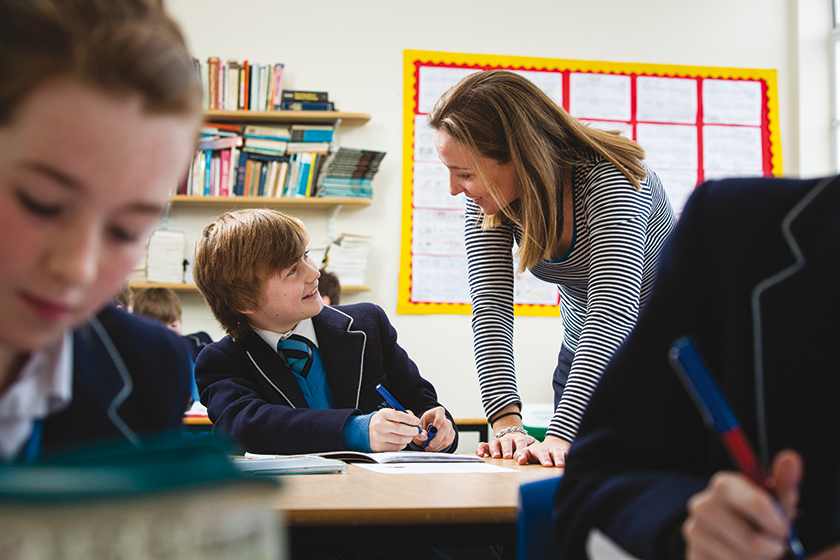
- HOME
- EDUCATION
What are the Benefits of Multisensory Training?
Victoria Lambert takes parents through the different kinds of learning developed for dyslexic children
By | 7 years ago
Q. My nine year old son has been diagnosed as dyslexic and we’ve been recommended he learns with multisensory training. What is this? Belinda, Surrey

Dyslexia associations including the British Dyslexia Association and the International Dyslexia Association believe multisensory teaching – see it, say it, hear it, write it – is the hallmark of dyslexia tuition. Visual, auditory, and kinaesthetic – or tactile – pathways are used simultaneously to enhance memory and learning of written language.
Science isn’t far behind in proving their theories. Researchers at the Albert Einstein College of Medicine in New York believe that there is a connection between dyslexia and an inability to process audio-visual information.
Belgian research published in Science December 2013 suggested there may be differences in the neural pathways in children with dyslexia. Multisensory training, which is targeted at creating new connections in the brain, may be even more effective in the future.
Dr John Rack, Head of Research, Development and Policy at Dyslexia Action believes research shows there are ‘differences in the connections between areas of the brain that are needed to access and manipulate the spoken word’.
He adds: ‘This could explore new techniques to identify those with dyslexia earlier so that action can be taken to strengthen brain pathways before the damaging effects of reading failure are felt’.
Some schools offer multisensory training but extra support and local tutors can be found online via Dyslexia Action. For support at home, parents can visit Units of Sound: Literacy that Fits.



